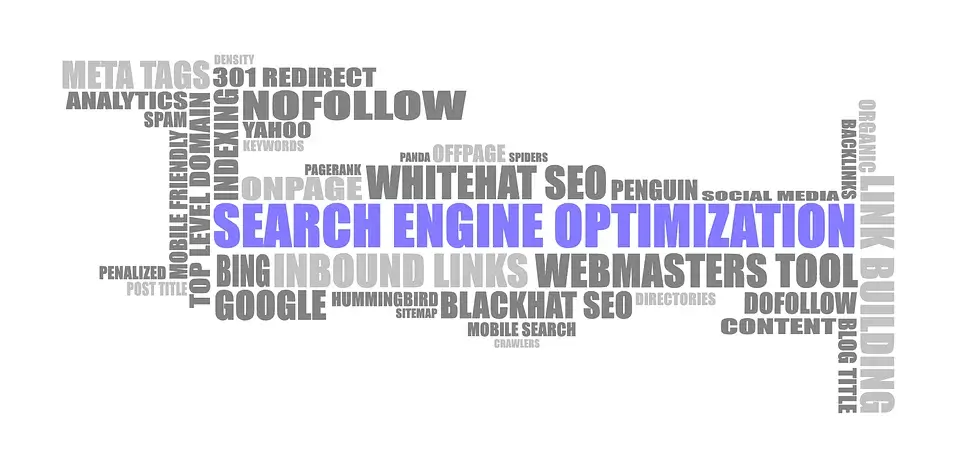
Bad SEO content is like a creepy insect that is dirtying your house. It is so difficult to get hold of these creepy little insects, before you decide to catch them. They just vanish in no time and before they expand let us do something about it.
SEO tactics is basically a race between search engines and the people who wish to rank their webs as high as possible.
Now let us take a glance at what is influencing modern SEO:
We live in an online-connected world, where assistants voice is present everywhere. Despite of all these, bad SEO content has been increasing. If you wish to raise your web pages from the 4th and the 5th pages, it is time to get a solution. There are a few steps that can help you improve search results for your page.
Let us Now Look at a few Points that you can Abandon from your Web Page for good-
1. Keyword Stuffing

We target one keyword per page. Any variations of that keyword on the same page is basically ignored or spread out in multiple pieces. This is basically keyword stuffing. One should avoid keyword stuffing as this would help Google to rate your page better and give you higher ranking.
Keyword stuffing leads Google to penalise you and drop your rankings down. The solution is to use similar phrase words that mean the same but does not repeat the exact same structure. These keywords are called semantically related keywords Google’s algorithm takes these to nearest meaning of your keyword.
2. Filler Content
If you believe that writing shorter articles or blogs is a success. Then you are living in the past. As no short blogs or shorter content is appreciated, Google itself pushes these blogs away from the users as they believe a blog with longer & filler content has more depth and details about a topic. They have content that answers questions of the readers and it will be appreciated well by the readers.
Google is an expert in finding who is using different words for explaining the same content. It automatically raises the rank for that page and gives a better search result. It is too rare if a short content blog is successful. As a longer content is much thorough and that is what Google prefers for its readers.
3. Posting Randomly
One needs to make a schedule for blogging. It is researched that if one regularly keeps posting on blogs, leads to more traffic.
The Best Way to Overcome this
- Firstly keep updating content regularly and make sure your content is new and fresh for Google to make it reach the readers and increase traffic.
- Give précised keywords to your pages and use indexed pages. To keep ranking high on Google.
- Building a good connectivity with your readers is very important.
Post regularly according to a fixed schedule, this helps you build a content cache and increases traffic for your blog.
4. Content Quantity or Quality
On a blog a content quantity and content quality both matter equally. Google is set search quality. It has evaluators to check the quality of a page from reader’s point of view. Google requires this to improve its search engine results.
Quality and quantity needs to be worked together only then one can get best and desired results. Today because there is so much content uploaded every day, the competition has increased hence an average content is not appreciated. Posting high quality content once a month would be much better for your page.
5. Duplicate Content
This is one of the easiest errors of SEO that can be fixed easily. Duplicate content is basically too many pages on Google of the similar text or that matches each other. One just needs to recognise duplicate content and avoid it. This will improve you SEO. Google also has a lot to discuss on how to recognise a duplicate content.
Following these tips would help you overcome your SEO errors and would help you in leaving behind the old SEO trends and grabbing the new versatile and modern SEO patterns.










